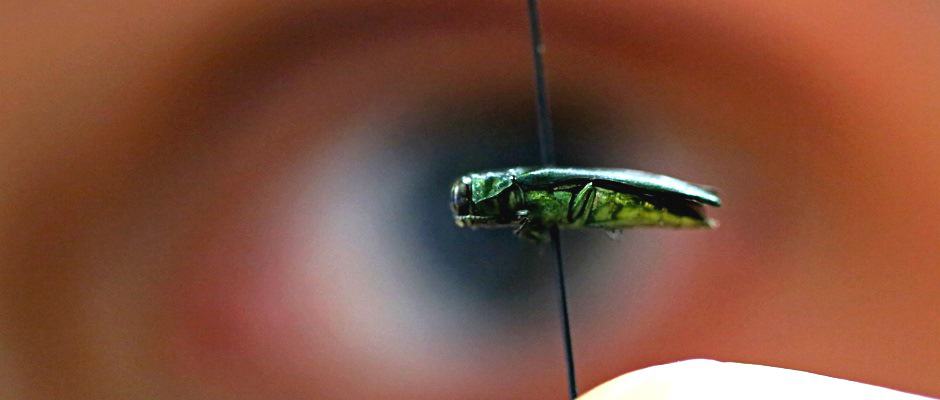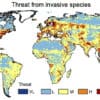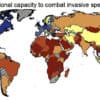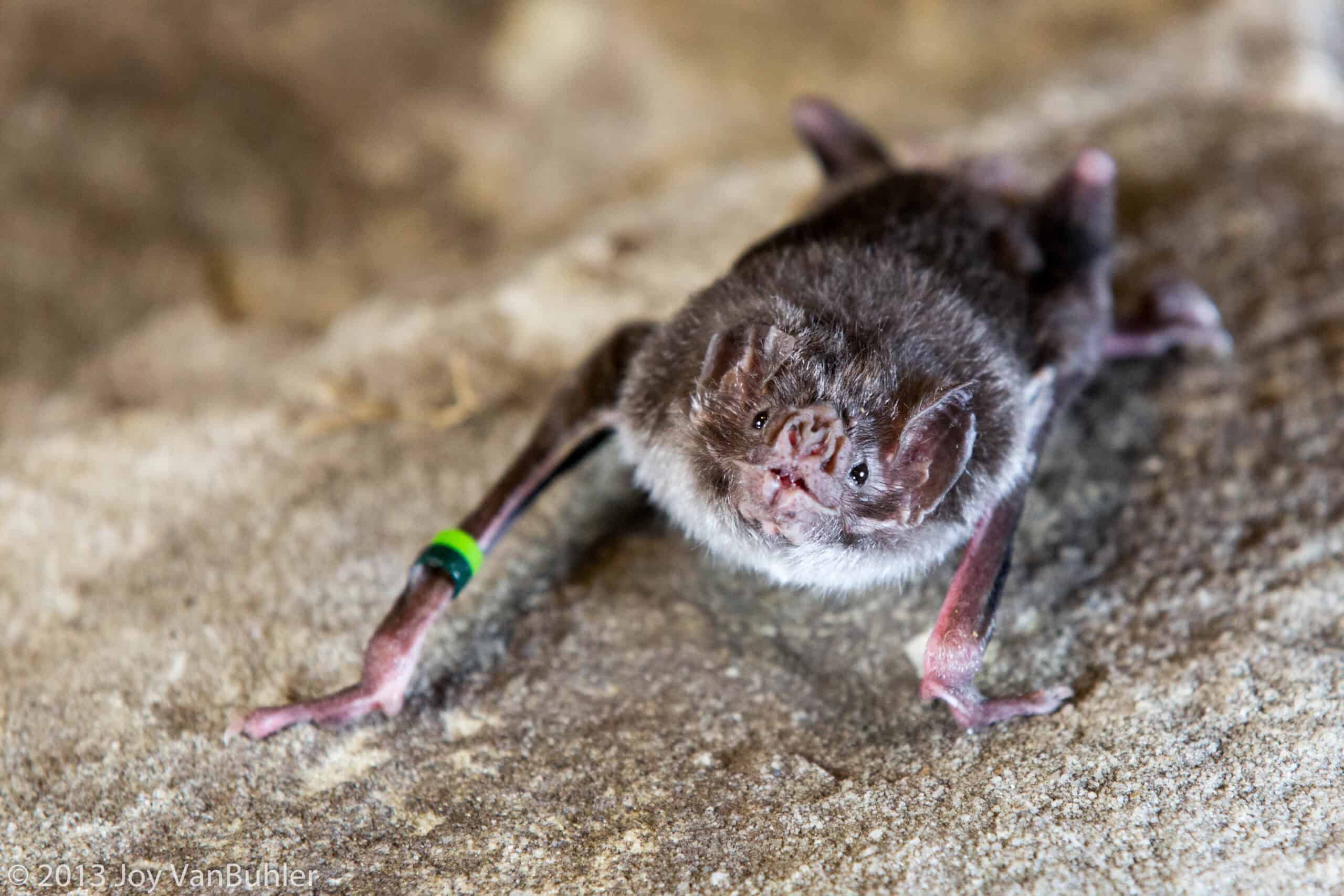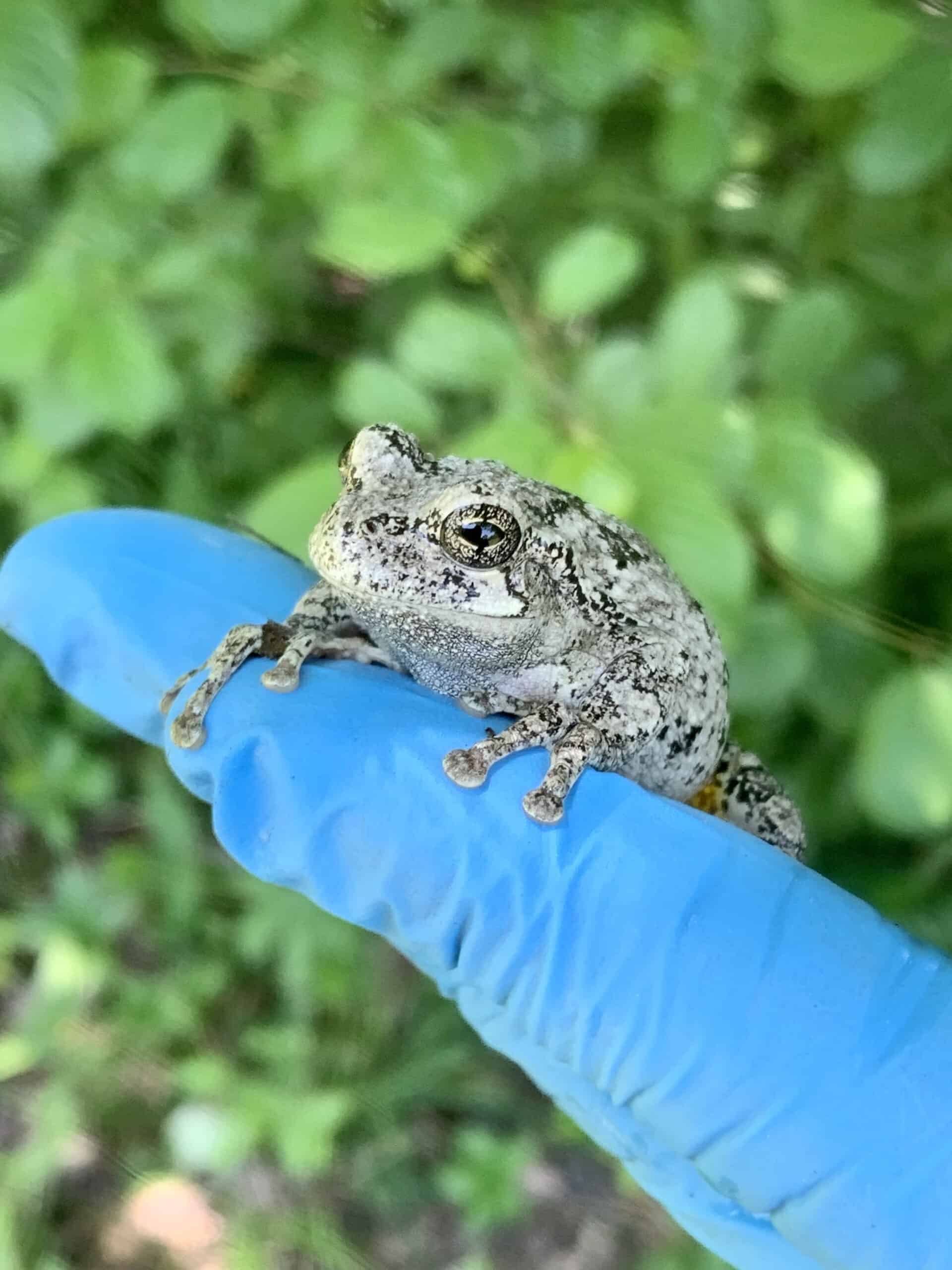Share this article
Invasive species bigger threat in developing countries
As invasive species expand to new regions wreaking havoc on native species and ecosystems, researchers recently examined the impact of these invasions on countries across the world and determined which ones are best and least prepared. With one-sixth of the Earth’s surface vulnerable to invasive species, this global analysis — a first of its kind — could help highlight areas that need better management of invasive species, according to the researchers who compiled data from trade databases as well as global environmental analyses and government reports. They recently published their findings in Nature Communications.
As part of their effort, the researchers first characterized to what extent invasive species would likely be introduced to different countries due to global trade and other, similar activities. They looked at places with greater airport and seaport capacity as well as significant international travel, which could be a source of more introductions of invasive species.
Next, they examined how invasive species would impact native ecosystems, while also taking into account the likelihood that biomes would change over the course of the century due to climate change. According to Jeffrey Dukes, a professor at Purdue University and director of the Purdue Climate Change Center, these changes would lead to native species becoming “less well-adapted to the conditions over time, potentially opening up a niche for invasive species.” Dukes is also an author of the recent study.
Further, the team looked at agricultural changes as well as changes in wildlfire frequency that could also potentially open up niches for outside species. “Together, these provided us with a sense of how dramatically we expect environmental conditions to change in a given location in the course of the century,” he said. “The more we expect it to change, the greater we said the threat of invasive species establishment would be.”
The team then overlaid a map of introduction pressures on a map showing ecosystem susceptibility to develop what they called the “invasion threat” of areas most likely to be hit hard by invasive plants and animals. In North America, these areas included the eastern U.S. and some of southern Canada, where plant and pet imports are particularly common. Other areas that could potentially be affected included parts of Africa, South America, Mexico and a large portion of Southeast Asia. These areas have some combination of high imports, airport capacity and a relatively large degree of anticipated environmental change.
In response, the team compiled information from nations’ reports to the Convention on Biological Diversity and other documents in order to map nations’ preparedness for invasive species. One metric of preparedness characterized how good nations are at identifying invasive species threats and keeping them out and another metric looked at how well the region’s native species responded to invasives.
As expected, “there were disparities among nations in their preparedness for dealing with invasive species,” Dukes said. Countries in North America as well as Europe have dedicated more resources toward combating invasive species while countries such as Peru, Chad, Angola, Papua New Guinea and Malaysia proved to be less prepared. “Wealthier countries tend to be better prepared,” he said. “In general, developing countries are less prepared and have fewer protections in place.”
“We were hoping to highlight countries that can work together with their neighbors to figure out what species could be coming in and where there would be the greatest threats,” Dukes said. The researchers also found that invasive species threats are a particular threat to people in developing countries who rely on the land for their livelihoods. “There’s little economic cushion to fall back on when invasive species are taking on farm fields or grazing areas,” he said.
Many countries including the U.S., Canada, Austria and New Zealand are already doing a lot to combat invasive species, and, according to Dukes, by partnering with these countries, other less prepared countries can get a “leg up to implement the best practices to the extent that they can.”
Header Image: The emerald ash borer, which originated in Asia, is one of the most invasive species in the U.S., killing millions of ash trees. ©Macroscopic Solutions



